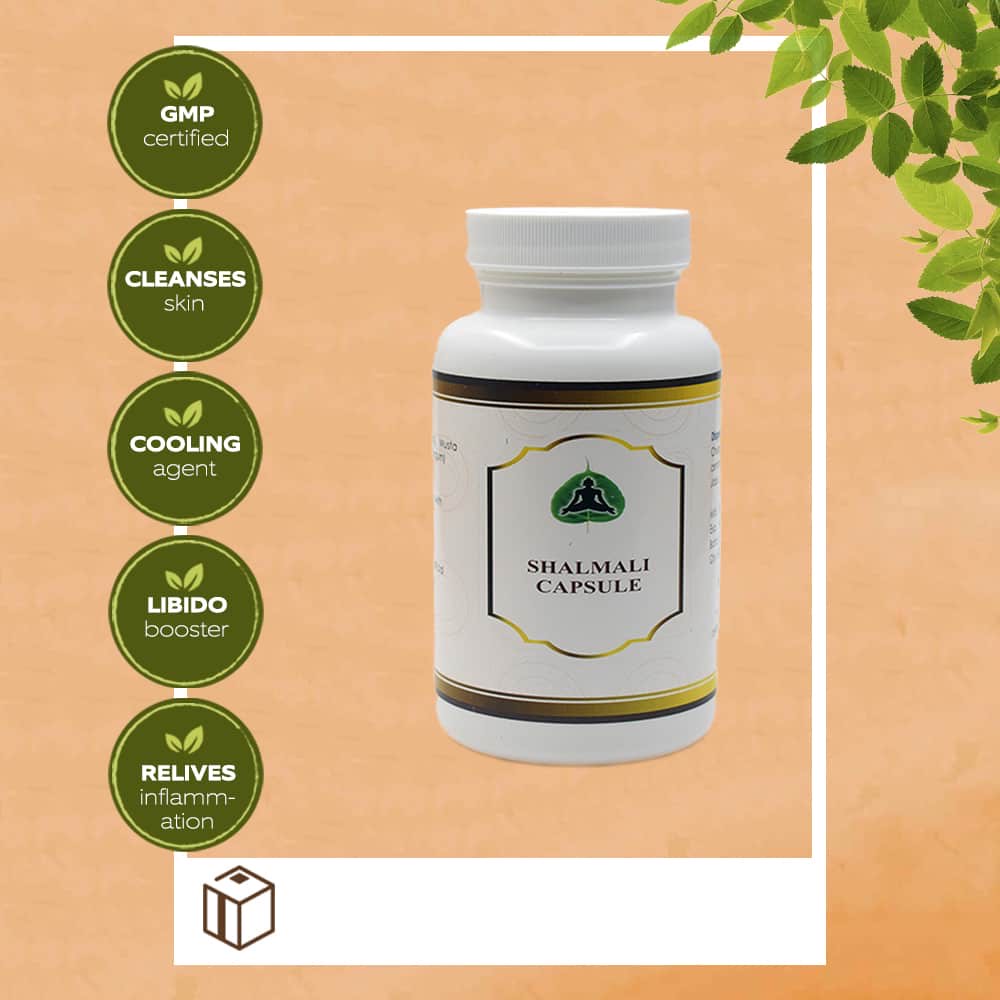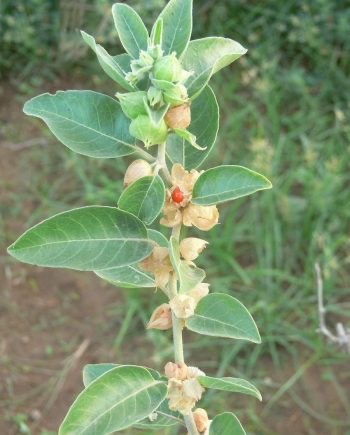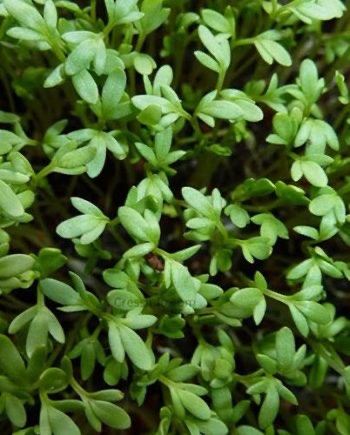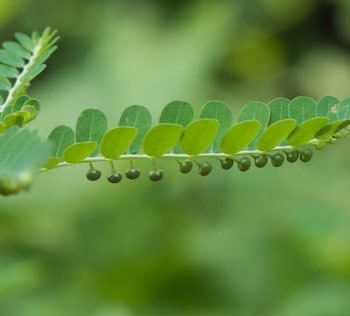Description
Shalmali
Botanical name – Bombax malabarica
Family name – Malvaceae
English name – Red Silk Cotton Tree
Common name – Cotton Tree, Tree Cotton
Synonyms – Mocha, Picchula, Purani, Raktapushpa, Tulini, Sthirayu.
Habit Perennial – tree
Useful Parts of Shalmali – Roots, flowers, fruits, gum, thorns.
Common Uses – Shalmali possess beneficial effects as astringent, cooling, stimulant, diuretic, aphrodisiac, demulcent, expectorant, and tonic. It is also beneficial in asthma, diarrhea, dysentery, menorrhagia, wound, leucorrhoea, anemia, splenomegaly, and tuberculosis. The root is taken in debility, sexual weakness including seminal disorder. The stem bark is applied on the swelling, boil and burning sensation and applied on face in facial complaints such as freckles, acne Vulgaris and other cutaneous, acne, as well as pigmentation disorder. Flowers are astringent and are good for skin troubles, splenomegaly, and hemorrhoids. Dry young fruit is beneficial in calculous affection and chronic inflammation and ulceration of the bladder and kidneys including other forms of dysuria and in the weakness of the genital organs. Generally, the gum is used in Vata diseases. The fruits as well as the gum are reported to be aphrodisiac and rejuvenator.
Indications – It is used externally in Hyperpigmentation, Wounds, and Stomatitis. Its bark is used internally in Diarrhoea, Dysentry, Bleeding hemorrhoids, and Bleeding disorder. Its resin is used internally in Sexual debility and its flowers are used internally in Vata type of cough and burning micturition.
Product – description It is available in Gum, Powder, and Capsule.




